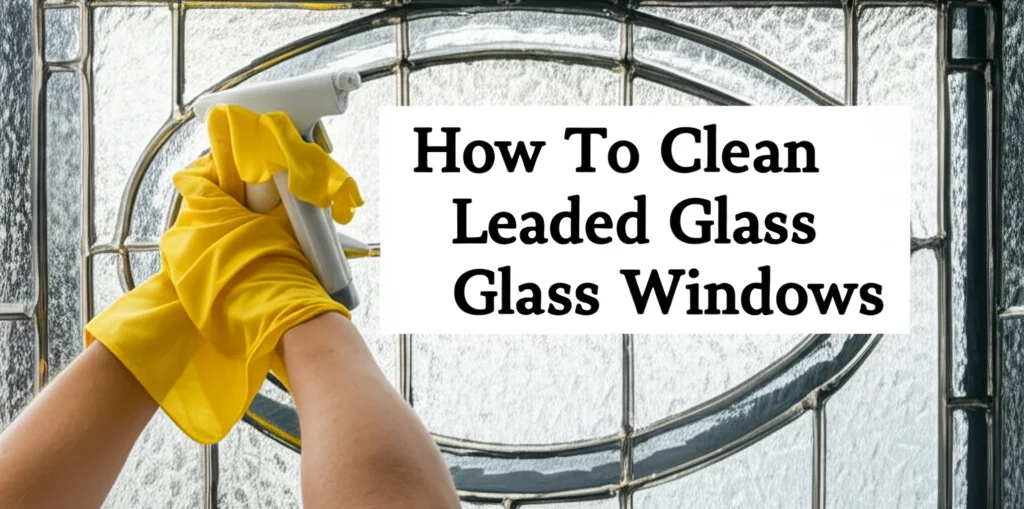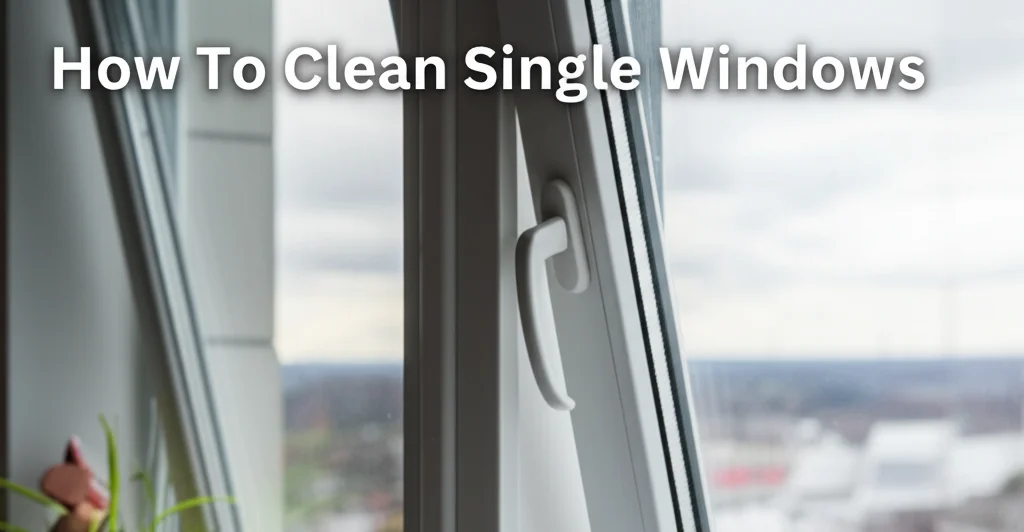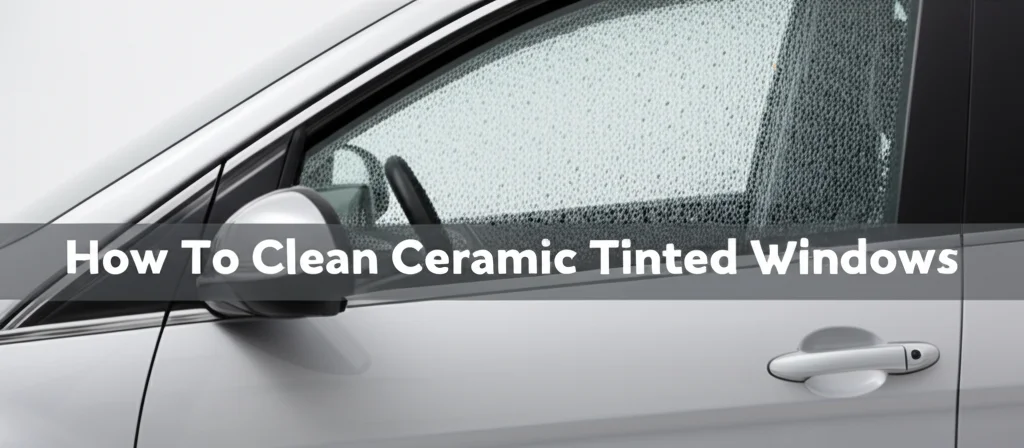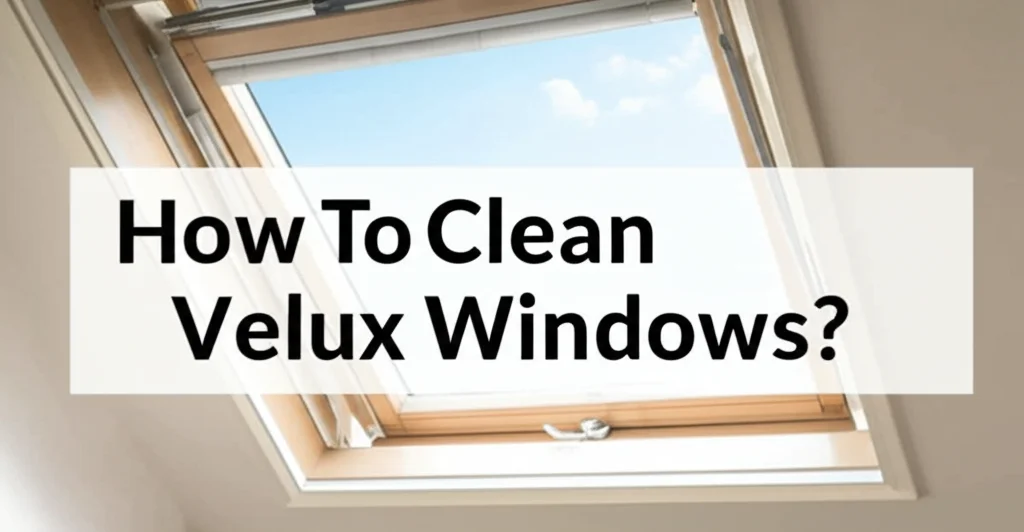· Home Cleaning · 7 min read
How To Clean Leaded Glass Windows

Cleaning Leaded Glass Windows: A Step-by-Step Guide
Have you ever admired the intricate beauty of leaded glass windows, wondering how to keep them sparkling without causing damage? Leaded glass windows are stunning architectural features, often found in older homes, and require special care. Cleaning them isn’t as simple as spraying and wiping; improper techniques can actually harm the lead came and the glass itself. This article will guide you through the process of safely and effectively cleaning your leaded glass windows, preserving their beauty for years to come. We’ll cover everything from gathering the right supplies to the best cleaning solutions and techniques.
Quick Answer: To clean leaded glass windows, gently dust with a soft brush, wash with a mild dish soap solution, rinse carefully, and dry with a lint-free cloth. Avoid harsh chemicals and abrasive cleaners that can damage the lead came and glass.
Takeaway:
- Use gentle cleaning methods.
- Avoid abrasive cleaners and tools.
- Protect the lead came from moisture.
- Regular dusting prevents buildup.
Understanding Leaded Glass & Its Vulnerabilities
Before diving into the cleaning process, it’s important to understand what leaded glass is and why it needs special attention. Leaded glass windows aren’t made from a single piece of glass; instead, they’re constructed by joining smaller pieces of glass together with strips of lead called “came.” This came is what creates the intricate designs we admire. The lead itself is relatively soft and can be corroded by certain chemicals.
Furthermore, older windows may have failing putty, which helps seal the glass in place. Harsh cleaning methods can accelerate the deterioration of both the lead came and the putty. Knowing these vulnerabilities will help you choose the right cleaning approach. It’s crucial to remember that these windows are often historical pieces, and preserving their integrity is paramount.
Gathering Your Cleaning Supplies
Having the right tools on hand will make the cleaning process much easier and safer. You won’t need anything fancy, but avoiding the wrong supplies is just as important as having the right ones. Here’s a checklist of what you’ll need:
- Soft-bristled brush: A paintbrush or a dedicated dusting brush works well for removing loose dirt and debris.
- Mild dish soap: Choose a pH-neutral dish soap, like Dawn, diluted in warm water.
- Two buckets: One for the cleaning solution and one for rinsing.
- Lint-free cloths: Microfiber cloths are ideal, as they won’t leave streaks or lint behind.
- Spray bottle: For applying the cleaning solution.
- Soft sponge: For gentle scrubbing, if needed.
- Distilled water: For the final rinse, to avoid water spots.
- Gloves: To protect your hands.
Avoid using abrasive cleaners, scouring pads, or anything that could scratch the glass or damage the lead came. Also, steer clear of ammonia-based cleaners, as they can corrode the lead.
Dusting: The First Step to Clean Windows
Dusting is often overlooked, but it’s a crucial first step in cleaning leaded glass windows. Removing loose dirt and debris before you start washing will prevent scratches and make the cleaning process more effective. Gently brush the entire window surface with a soft-bristled brush, paying attention to the crevices between the lead came.
Work from top to bottom, allowing the dust to fall to the bottom of the window. You can also use a vacuum cleaner with a brush attachment on a low setting to remove dust, but be very careful not to apply too much pressure. Regular dusting – even weekly – can significantly reduce the amount of grime buildup and make deeper cleaning less frequent.
Washing Leaded Glass Windows Safely
Now that you’ve dusted the windows, it’s time to wash them. Mix a small amount of mild dish soap with warm water in one of your buckets. The solution should be very mild – you don’t want to create a lot of suds. Dip a soft sponge or lint-free cloth into the soapy water, wring it out well, and gently wipe the window surface.
Work in sections, and avoid applying excessive pressure. If you encounter stubborn dirt or grime, let the soapy water sit for a few minutes to loosen it before gently scrubbing. Remember to clean both sides of the window, if accessible. If you’re dealing with particularly delicate windows, consider testing the cleaning solution on a small, inconspicuous area first. You can find more information on general window cleaning techniques at https://www.beacleaner.com/how-to-clean-outside-windows-upstairs/.
Dealing with Stubborn Grime
Sometimes, despite your best efforts, grime just won’t budge. For these situations, you can try a paste made from baking soda and water. Apply the paste to the affected area, let it sit for a few minutes, and then gently scrub with a soft brush. Baking soda is a mild abrasive that can help loosen stubborn dirt without damaging the glass or lead.
However, use this method sparingly, as excessive scrubbing can still be harmful. Another option is to use a commercial leaded glass cleaner, but be sure to follow the manufacturer’s instructions carefully. Always rinse thoroughly after using any cleaning agent.
Rinsing and Drying: Preventing Water Damage
Rinsing is just as important as washing, as any remaining soap residue can attract dirt and grime. Fill the second bucket with clean, distilled water. Using a clean lint-free cloth or sponge, carefully rinse the window surface, removing all traces of soap.
Work from top to bottom, and be sure to rinse thoroughly around the lead came. Once the window is rinsed, immediately dry it with a clean, dry lint-free cloth. Don’t let the water air dry, as this can leave water spots and potentially damage the lead. Pay close attention to the areas around the lead came, ensuring they are completely dry. If you’re looking for ways to maintain other surfaces in your home, you might find this article on cleaning vinyl plank flooring helpful: https://www.beacleaner.com/how-to-clean-vinyl-plank-flooring/.
Protecting and Maintaining Your Leaded Glass
Once your leaded glass windows are clean, it’s important to take steps to protect them and prevent future damage. Consider applying a protective sealant specifically designed for leaded glass. This sealant will help repel dirt and water, making future cleaning easier.
Regularly inspect the windows for signs of deterioration, such as cracked glass or loose lead came. Address any issues promptly to prevent further damage. Avoid placing furniture directly against the windows, as this can cause pressure and potentially crack the glass. Finally, remember that gentle, regular cleaning is the best way to preserve the beauty and integrity of your leaded glass windows. If you’re dealing with other cleaning challenges, you might find this guide on removing baking soda residue useful: https://www.beacleaner.com/how-to-remove-baking-soda-residue-from-carpet/.
Frequently Asked Questions
Q: Can I use a glass cleaner on leaded glass windows?
A: Generally, no. Most commercial glass cleaners contain ammonia or other harsh chemicals that can corrode the lead came. It’s best to stick to a mild dish soap solution and distilled water.
Q: How often should I clean my leaded glass windows?
A: This depends on your location and how dirty the windows get. Generally, dusting weekly and washing a few times a year is sufficient.
Q: What should I do if I notice cracked glass in my leaded glass window?
A: Contact a professional stained glass repair specialist immediately. Attempting to repair the glass yourself could cause further damage.
Q: Is it safe to clean leaded glass windows myself?
A: Yes, as long as you follow the proper safety precautions and use gentle cleaning methods. Avoid harsh chemicals and abrasive cleaners, and always wear gloves.
Q: Can I use a steam cleaner on leaded glass windows?
A: It’s generally not recommended. The heat and moisture from a steam cleaner can damage the lead came and potentially loosen the glass.
Conclusion
Cleaning leaded glass windows requires a delicate touch and a commitment to preserving their historical value. By following the steps outlined in this guide – gentle dusting, careful washing with a mild solution, thorough rinsing, and meticulous drying – you can keep your windows sparkling without causing damage. Remember, regular maintenance is key to preventing buildup and ensuring the longevity of these beautiful architectural features. So, take the time to care for your leaded glass windows, and enjoy their timeless beauty for generations to come. If you’re looking for more cleaning tips and tricks, be sure to explore our other articles on https://www.beacleaner.com!




